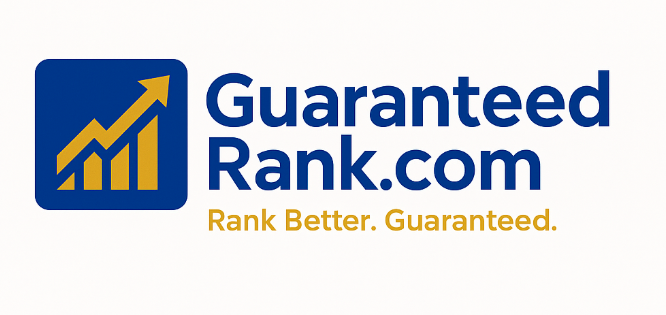Performing keyword research in multiple European languages requires a strategic, localized approach. Here's a step-by-step guide tailored for multilingual and European SEO:
🔍 1. Identify Target Markets & Languages
Decide which countries and languages you want to target. For example:
-
Spain → Spanish
-
Switzerland → German, French, Italian
-
Belgium → Dutch, French
This helps you prioritize language variants and regional differences (e.g., UK English vs. Irish English).
🛠 2. Use Region-Specific Keyword Tools
Leverage tools that support multiple languages and countries:
-
SEMrush – has regional keyword data
-
Ahrefs – supports location-based searches
-
Google Keyword Planner – free and localized
-
Ubersuggest – allows for language and region filtering
-
Keyword Tool.io – uses Google Autocomplete for localized insights
🌐 3. Translate + Localize, Don’t Just Translate
Use native speakers or localization tools (e.g., DeepL) to ensure translated keywords make sense in context. Literal translation often fails due to idioms, cultural differences, or search intent.
🎯 4. Analyze Search Intent per Language
Same keyword may imply different things:
-
“Bank” in the UK = financial institution
-
“Bank” in Germany may also be a bench (“die Bank”)
Always review SERPs manually in incognito using regional Google domains (e.g., google.fr, google.de).
🔡 5. Check Local Trends with Google Trends
Use Google Trends to:
-
Compare interest levels in different regions
-
Validate keyword seasonality across countries
-
Discover regional search variants
🧩 6. Use Autocomplete and People Also Ask
Go to Google, set the region and language manually, then:
-
Type in a seed keyword
-
Note Google’s suggestions and PAA box
This is especially helpful for long-tail queries.
📊 7. Cluster Keywords by Language and Region
Use keyword clustering tools or spreadsheets to organize:
-
Language (e.g., FR, DE, ES)
-
Intent (informational, transactional)
-
Funnel stage (awareness, consideration, decision)
🗂 8. Consider Slang, Accents, and Synonyms
Example:
-
“Holiday” (UK) vs. “Vacation” (US)
-
“Appartement” (FR) vs. “Wohnung” (DE)
Tools like Glosbe or Linguee can help with local phrasing.
🚫 9. Avoid Machine-Generated Keyword Lists
AI tools like ChatGPT can assist in brainstorming, but always verify search volume, difficulty, and intent via tools like Ahrefs or GKP. Many European languages have subtle but critical variations.
✅ 10. Test and Monitor Performance
Once implemented, use:
-
Google Search Console (per country/language subdomain)
-
Google Analytics with language/country filters
-
A/B testing localized content
If you want, I can generate a multilingual keyword research template tailored for your site or services. Just let me know the countries/languages you're focusing on.











0 Comments